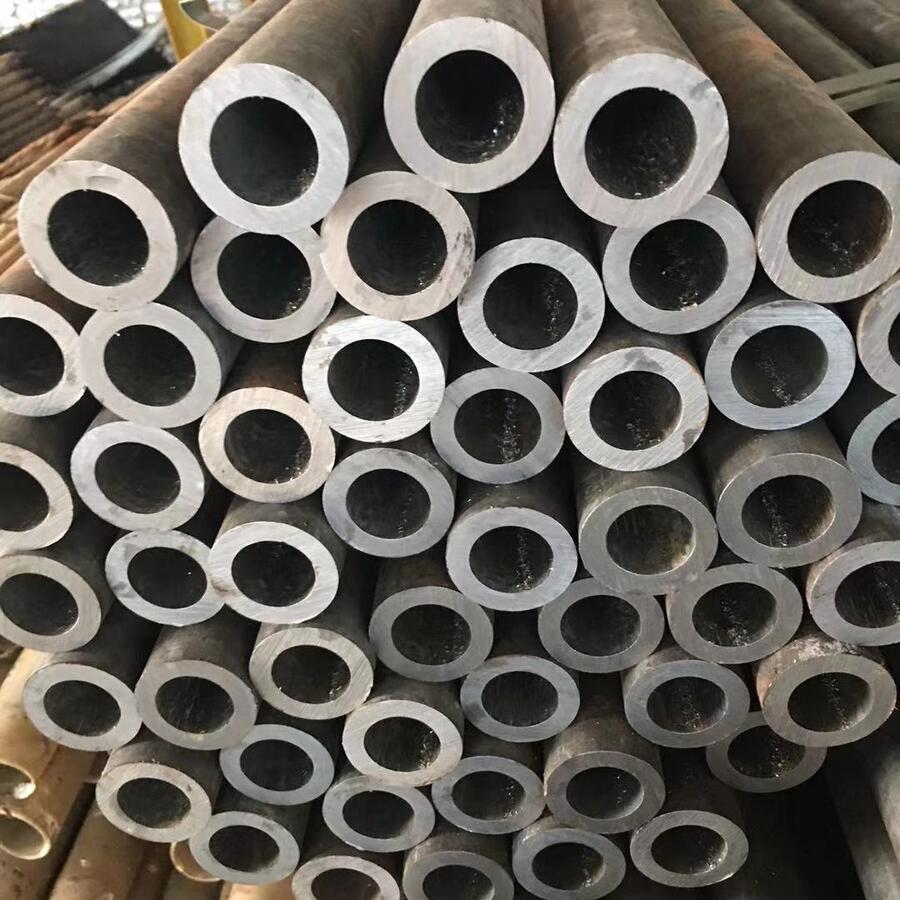Introducción a los laminadores de acero
A laminador de acero Es una instalación industrial crítica que procesa acero en bruto en formas estandarizadas, como placas., hojas, verja, o bobinas. Estos molinos utilizan rodillos de alta presión para deformar y refinar lingotes o palanquillas de acero., logrando dimensiones precisas y propiedades mecánicas mejoradas. El proceso es fundamental para industrias como la construcción., automotor, y fabricación de maquinaria.

Tipos de laminadores de acero
Laminadores en caliente operar a temperaturas superiores al punto de recristalización del acero (normalmente 1.100°C), permitiendo dar forma a gran escala con un consumo de energía reducido. Laminadores en frío, en contraste, Procese acero a temperatura ambiente para producir calibres más delgados con acabados superficiales superiores.. Otras variantes incluyen:
- Molinos de placas: Para placas de acero de alta resistencia utilizadas en la construcción naval.
- Molinos de varillas: Producción de alambrón para cables y sujetadores..
- Molinos de tubos: Fabricación de tubos sin costura o soldados..
Parámetros clave de los laminadores de acero
Las especificaciones técnicas definen las capacidades de un laminador. A continuación se muestra una comparación detallada de los parámetros para laminadores en caliente y en frío., incorporando datos de HANI TECNOLOGÍA y Metalurgia HANI:
| Parámetro | Laminador en caliente | Laminador en frío |
|---|---|---|
| Diámetro de rollo (mm) | 800–1.400 | 400–700 |
| Fuerza rodante (kN) | 20,000–45.000 | 8,000–25.000 |
| Potencia del motor (KW) | 5,000–15.000 | 2,000–6.000 |
| Velocidad máxima (m/mi) | 10–30 | 100–1.500 |
| Tolerancia de espesor (mm) | ±0,2–0,5 | ±0,01–0,05 |
| Rango de temperatura (°C) | 900–1.250 | 20–150 |
| Límite elástico del material (MPa) | 250–400 | 300–1.200 |
| Capacidad anual (montones) | 500,000-5M | 100,000–1M |
Innovaciones de HANI TECH
HANI TECNOLOGÍA se especializa en laminadores de alto rendimiento, integrando sistemas de automatización y mantenimiento predictivo. Su laminadores inteligentes aprovechar los sensores de IoT para monitorear el desgaste y la temperatura de los rodillos en tiempo real, reduciendo el tiempo de inactividad mediante 30%. Mientras tanto, Metalurgia HANI se centra en diseños energéticamente eficientes, como accionamientos regenerativos que recuperan la energía de frenado, reducir el consumo de energía entre un 15% y un 20%.
Mantenimiento y Optimización
Mantenimiento regular de un laminador de acero Garantiza longevidad y precisión.. Las prácticas críticas incluyen:
- Lubricación de rodamientos de rodillos para minimizar la fricción..
- Comprobaciones de alineación para evitar el desgaste desigual.
- Imagen térmica para la detección temprana de grietas por tensión.
Tendencias futuras en tecnología de laminación
Tecnologías emergentes como el control de procesos impulsado por IA y la laminación híbrida (combinando etapas frías y calientes) están remodelando la industria. R de HANI TECH&El equipo D es pionero hornos de recocido a base de hidrógeno, con el objetivo de reducir las emisiones de carbono mediante 50% por 2030.
Conclusión
Moderno laminadores de acero son maravillas de la ingenieria, Combinando fuerza bruta con precisión microscópica. Empresas como HANI TECH continúan traspasando límites, Garantizar que estas máquinas cumplan con las demandas de la fabricación sostenible.. Ya sea optimizando parámetros o adoptando tecnologías verdes, La evolución de los laminadores sigue siendo fundamental para la industrialización mundial..




